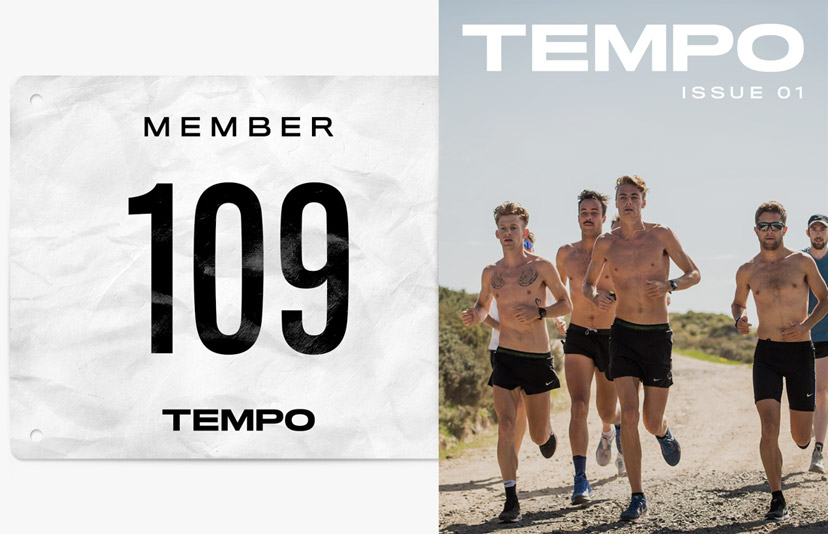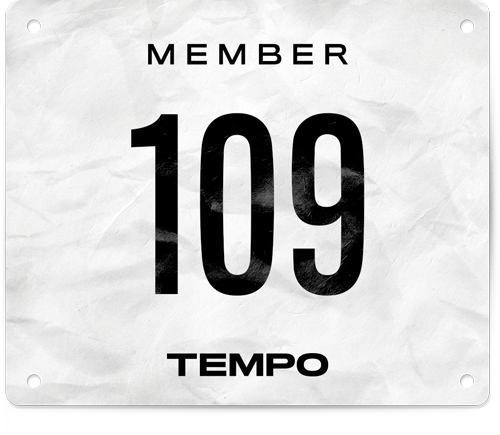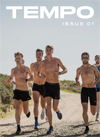Performance
Nike deliver the heat with two new shoes
Meet the Zoom Fly 3 and the Pegasus Turbo 2
Buying shoes is hard, right? Well, buying the right shoes can be hard. Stick with what you’ve always had or try something new? Listen to your friend or the store assistant? Shoe reviews, can you trust ‘em? There’s a lot of noise out there, and not a lot of it is helpful.
Nike flicked us a couple of their latest innovations that are dropping July 4th, and now we’re here to give it to you straight - what they are, what’s cool about them, and when you might wear them.
The Pegasus Turbo and the Zoom Fly 3 are both part of Nike’s Zoom family, which is aimed at helping you run faster. It’s the same family that the Vaporfly Next% is part of, the shoe worn by Eliud Kipchoge this year when he won the London Marathon (and also by Australian legend Sinead Diver!). If you want the scoop on the Next% head over here, but if you aren’t about to break 2, stay right here.
Any good race day starts with a solid training plan, and that’s where the Pegasus Turbo 2 comes in. If you don’t know about the Turbo, the first version (which dropped 12 months ago) was introduced to give Kipchoge and other Nike athletes a fast training shoe that felt like their racing shoes (but a little kinder on the body). And that’s exactly what the Turbo is - a fast shoe that’s also soft and super comfortable.
The sauce in this shoe comes from the ZoomX foam, which is the same foam as in the Next% (pro tip: a lot of keyboard runners think the secret to the 4% or the Next% is the carbon plate - it’s actually the ZoomX, don’t @ me). Take a ZoomX bed, put a little React foam in there for stability (without the carbon plate the ZoomX foam lacks some stability, so React helps counter that), and you’ve got something that feels great underfoot, looks after your legs through workouts or long runs, and will last you around 800 kilometers.
This version keeps the same midsole and outsole as the first version, and adds some spicy updates in the upper.
I loved the first Pegasus Turbo - the upper was super breathable but still comfortable with some padding. As good as it was, Nike saw an opportunity to create something a lot more minimal and race inspired with the Turbo 2. So what we have now is 3-layer engineered mesh (same as is in the new Pegasus 36), as well as a much slimmer and shorter tongue.
There are two other big changes to the Pegasus Turbo 2 - one is the removal of the racing stripe on the toe box, and the other is the change at the back of the shoe. Nike have gone away from the ‘duckbill’ style heel collar and instead have a lower profile collar similar to the one favoured by Mo Farah. Interestingly, the Pegasus 36 still has the duckbill heel.
To wrap this up, underfoot you won’t notice a difference from the first Pegasus Turbo, but you might notice a nicer fit up top and a bit less bulk.
If you’ve been looking for a fast training shoe that won’t wreck you, and something that’s versatile enough for all types of work, the Pegasus Turbo is worth checking out. Plus there’s some fire colourways and don’t pretend that’s not important.
Before we talk about the new Zoom Fly, I want to restate what I said about the Zoom Fly Flyknit from last year. I saw that as the best value shoe in running - React foam, carbon plate, and Flyknit, for $120 less than the cost of the Vaporfly 4%.
So how do you take that shoe and make it better? The answer, it seems, is you blow it up and start again. I’m not mad at ‘em, because the Zoom Fly 3 is plenty spicy. New upper, new midsole, new outsole, all aligning very closely to the Next% (in the same way the Zoom Fly Flyknit aligned to the Vaporfly 4%).
Let’s start with the midsole. Straight up, it looks different to the previous Zoom Fly because it sits higher - there’s more foam underfoot. That foam hasn’t changed - it’s a full React midsole with a carbon fibre plate but you will notice a nicer ride due to the increased volume of foam.
The upper is wild, I don’t know where to start. As you can see, the upper features a lighter, transparent material called Vaporweave (sweet name!), and a sock-like bootie around the toe and forefoot to provide a more locked in fit. There is a nice heel-counter to stop the shoe rubbing on your achilles (this is also seen in the Next%).
The lacing is slightly offset - with a thinner upper Nike decided to offset the laces to remove any potential discomfort on top of the foot caused by lacing.
Finally, at the heel we see the heel collar design from the Pegasus 36, though with a softer upper on the Zoom Fly.
So, why and when are you using the Zoom Fly? I maintain this is the best value racing shoe Nike produce (or anyone produces for that matter). A tuned carbon plate, React foam, and a brand new lightweight breathable upper make this an incredibly attractive racing option. And given it’s built on React, it’s going to be durable; meaning these aren’t sitting in the closet waiting for race day - you can do some workouts in them and be ready to roll when the gun goes off. On top of this, the outsole has a very similar tread pattern to the Vaporfly Next% - perfect for gassing it around corners on the road.
The Zoom Fly 3 has an Australian RRP of $230, while the Pegasus Turbo 2 has an Australian RRP of $250. Australian release is scheduled for July 4th.


